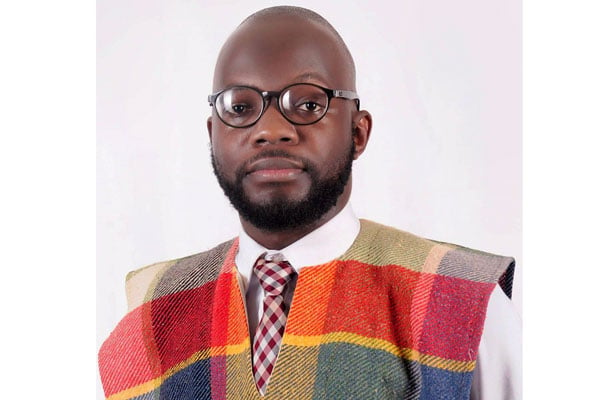Deal with violence against children

Lydia Jean Akite
For several months, the media has been awash with news about the increase in cases of Violence Against Children (VAC). What is more alarming are the recent reports re-echoing that parents are the main perpetrators of violence. Daily Monitor’s report on March 25th of 200 fathers defiling daughters reinforced the magnitude of what has been happening all along and the urgency with which it should be addressed.
The Uganda Violence Against Children (VAC) Survey 2017 conducted by the Ministry of Gender, Labour and Social Development with support from Uganda Bureau of Statistics (UBOS); ChildFund International and other development partners revealed that VAC was a hidden epidemic, causing disastrous consequences for millions of children in Uganda, leaving them to suffer in silence. It further revealed that one in three girls suffer sexual violence during their childhoods and seven in 10 boys suffer physical abuse with nearly half experiencing abuse at the hands of parents or adult caregivers.
Violence against children has lifelong impacts on the well-being of children, such as affecting their intellectual development resulting in poor performance in school and school dropout in some instances. Often, children that have been victims of violence have no sense of self-worth and tend to marry off at a tender age. This is not forgetting the physical injuries from abusers that leave physical, mental disabilities and a wide range of diseases including HIV/Aids.
We appreciate the significant efforts made by the government of Uganda to end violence against children including undertaking legislative, policy, and programme initiatives. However, despite these efforts of government coupled by support from development partners, gaps still exist that ought to be addressed.
Child protection calls for more of concerted and collective efforts among all rings of responsibilities including children. Unfortunately, the children’s sector has been underfunded for a long time. It is evident that line ministries including Ministry of Gender, Labour Social development and Ministry of Justice and Constitutional Affairs have had challenges with insufficient funding which have greatly affected the response mechanisms for the protection of children. This also is reflected in the community-based child protection structures which are frail, underfunded, and unable to manage and keep up with the ever-rising child protection cases.
Government and development partners need to prioritize and apportion a sizeable amount of the budget that can facilitate response to child protection cases in addition to supporting community and family structures to prevent violence against children.
There is need to intensify preventive activities in order to reduce on the caseloads for the responding structures. The families which are the first line of protection for children should be targeted with fathers and mothers reminded about their responsibilities regarding children and sensitized on positive parenting. Having realized an increase in cases involving fathers as main perpetrators, there is need to engage boys and men as agents of change who actively speak up against violence against children. This is a conversation that needs to be had in homes before its extended out to the rest of the stakeholders.
In all this, children’s participation should be promoted and encouraged by adults through listening, respecting, and honouring their voices. When children are empowered to speak up, they are better placed to protect themselves and their colleagues.
The community-based child protection structures (informal and formal structures) should also be strengthened to apply the laws, policies and guidelines while addressing issues of violence against children. Violence against children is indeed a hidden pandemic whose response should not be taken lightly. We need to invest an equal amount of resources and energy same as how we meticulously plan for response to pandemics like Covid-19, cholera and other outbreaks. Let us break the barriers and protect our children. If we collectively address the issues of violence against children, we will see more children protected and a safer future guaranteed for our beloved nation.




